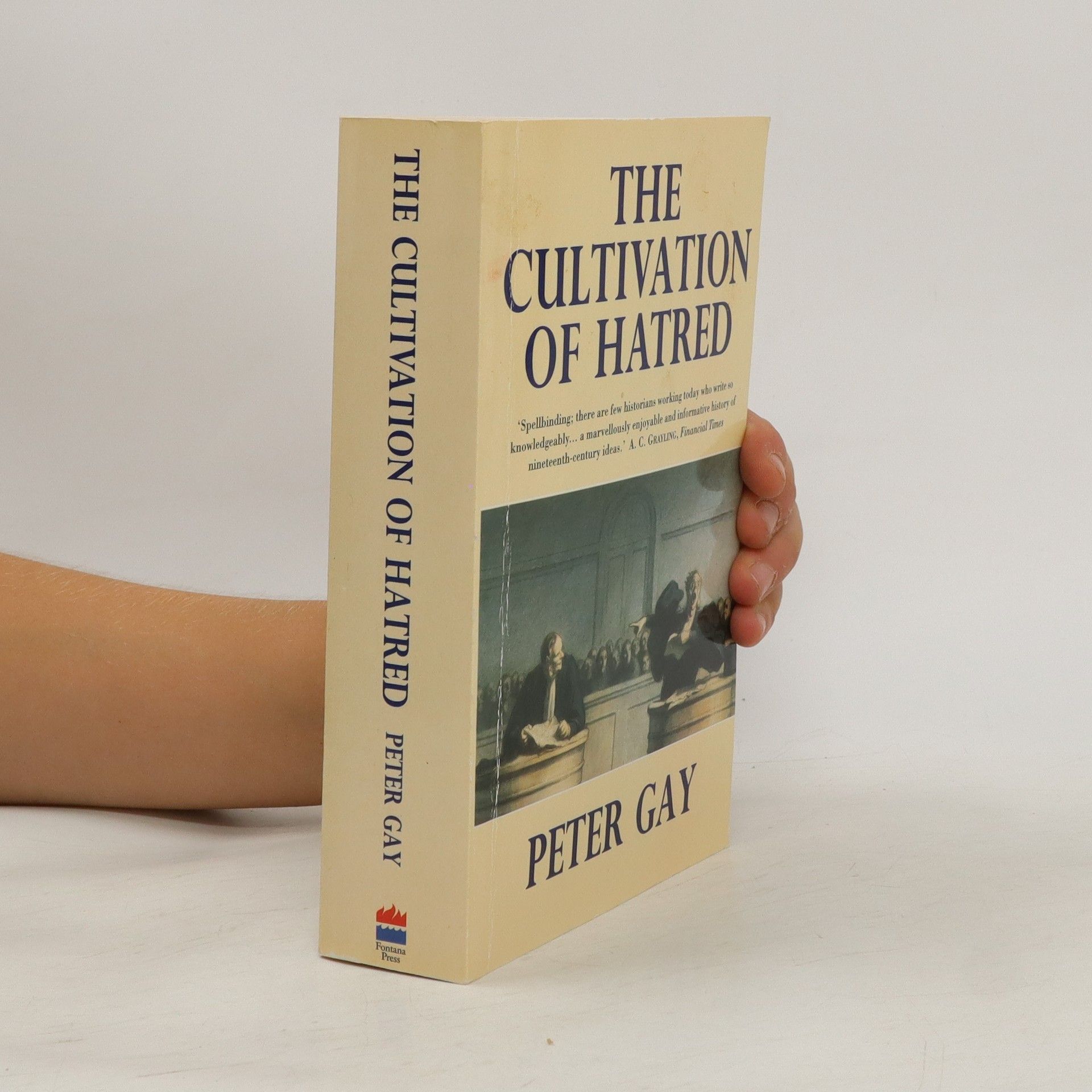Education of the Senses
- 580 pages
- 21 hours of reading
Focusing on nineteenth-century sexual behavior, this book utilizes a wide range of primary sources to challenge and redefine stereotypes, particularly regarding women's sexuality. By delving into historical contexts, it offers fresh insights that illuminate the complexities of sexual norms and behaviors during this era, providing a nuanced understanding of the interplay between gender and sexuality.


